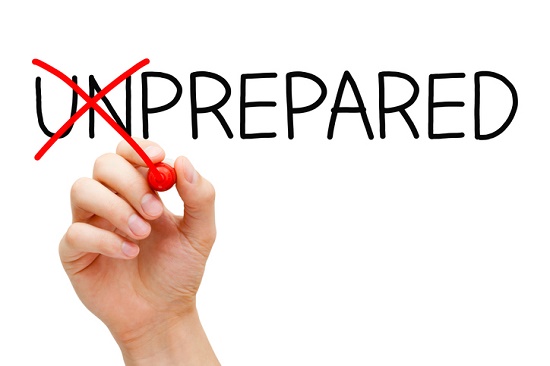
Anyone who tells you hearing aids are a one-size-fits all affair is pulling your leg. Get the most out of your new hearing aids by learning what you can expect, what questions to ask and what the steps are to adjusting to your new hearing aids.
Here’s your plan for every step of the process.
Before your appointment
You should start by scheduling a hearing test, during which your hearing care professional will test your hearing, review the results, and help you determine if hearing aids are appropriate for you. The best thing you can do before your appointment is to compile a list of questions to review with your hearing care professional.
Here are some of the questions you’ll want to cover:
What type of hearing loss do I have? Is it mild, moderate, severe, or profound?
Can hearing aids help, and do I need one for both ears?
Which hearing aid is best for my needs? How can I balance features with cost?
What are my financing options for hearing aids? (Private insurance, credit arrangements, state programs, etc.)
During your appointment
If the results of your hearing test come back normal, hearing aids may not be required, and you’ll have a baseline test to compare future hearing tests.
If your hearing test comes back positive for hearing loss, and indicates that you could benefit from hearing aids, your hearing care professional will review your options with you.
If you are selecting hearing aids, discuss the following items with your hearing care professional:
Programmability – most hearing aids are digital and programmable; they can be programmed to match the exact specifications of your hearing loss. This is crucial; if someone tries to sell you a hearing instrument right out of the box with no adjustment necessary, it probably won’t work the way you want it to.
Style – hearing aids come in a wide variety of sizes, styles and fits. Some models sit behind the ear, other models fit all the way within the ear canal. You’ll want to balance price, ease-of-use, functionality, and aesthetics in making your decision.
Wireless connectivity – several hearing aid models can hook up wirelessly to compatible smartphones. This empowers you to discreetly adjust volume and settings, send phone calls directly to your hearing aids, and even stream music all without any wires or the need for a separate hearing aid remote control.
Advanced features – some hearing aids are loaded with advanced technological features, like directional microphones to enhance speech, background noise reduction, environmental settings, and telecoils for clearer phone calls. You may also want to forgo some of these options and opt for a more cost-effective model.
This may all seem confusing, but your hearing care professional is trained to help guide you through the decision-making process. Be warned: if someone tries to hurry you into a decision without addressing all of your questions, see another hearing care professional.
Once you get them home
Once you’ve selected your hearing aids and had them programmed by your hearing care professional, it’s time to get busy living a new life with them. Understand and remember the following two important points:
First, you simply won’t fall in love with your hearing aids immediately. You’re going to have to adjust to hearing sounds you haven’t heard in a long time, and the overall sound may seem “off.” This is completely normal and, after a few weeks, will subside.
We recommend starting small at home. Try watching a movie and paying particular attention to the dialogue, engage in one-on-one conversations in a quiet room, and try listening to music and picking out or following certain instruments.
Even though it may be uncomfortable at first, you should try to wear your hearing aids as much of the day as possible, putting them in when you wake up and taking them out before bed. This will speed up the adjustment process, and after a few weeks, you’ll be glad you put in the effort.
Don’t forget that your hearing aids can be adjusted too! If you still struggle to hear, or to adapt to the new sounds, schedule a follow-up visit with your hearing care professional to fine-tune the settings.
Second, for the best results, you’ll need to properly maintain and care for your new hearing aids. This means daily cleaning, proper storage, and managing your battery supply.
You can make these tasks easier on yourself with the right tools and habits. Hearing aid cleaning kits, storage cases/sanitizers, and batteries can all be supplied, with tips, from your hearing care professional.
After a short period of adjustment, you’ll be ready to enjoy the all the benefits of better hearing. If you have any other questions about hearing aids, or the process of acquiring them, give us a call!
